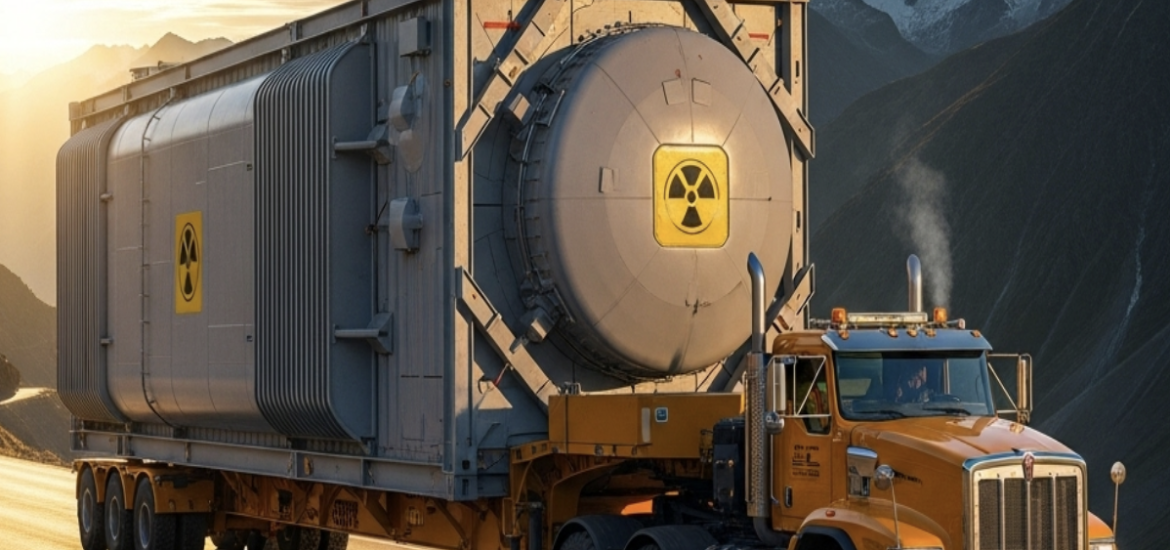
We have previously described (1) the misallocation of energy development resources into renewables like solar and wind that are popular with climate change ideologues but have significant disadvantages. The latest dubious push is the investment of hundreds of billions of dollars in chasing the dream of nuclear fusion (as opposed to fission) because it is “perfect” for the environment. But perfection might well be the enemy of the excellent (not just the good).
The Challenges and Limitations of Nuclear Fusion
There are many current alternatives to nuclear fusion — the process by which two light atomic nuclei combine to form a single heavier one while releasing massive amounts of energy – for generating large amounts of cheap, clean, safe energy. Suffice it to say that all the current efforts at a fusion prototype involve very complex and challenging engineering to trigger a chain reaction in an appropriate containment vehicle. Artificial intelligence (AI) may spur some advances but, for now, all the projects require large amounts of energy to produce only a small amount of additional energy in return. It is analogous to building a ten-ton automobile to achieve a one mile-per-gallon improvement in fuel efficiency: Huge input goes into achieving an only incremental improvement.
We understand the long-term allure of fusion. There is no harmful waste and the underlying fuel elements – isotopes of hydrogen — are infinitely abundant and require comparatively little effort to accumulate. However, true commercialization is probably decades away.
But the operative question should be whether any of today’s approaches to fusion can come to fruition before new generations of nuclear fission (“nuclear” as we know it currently) can capture the market and progress along the learning curve while fusion remains a pipe-dream.
As to the promise of nuclear power generally, skeptics point out that the U.S. has built only one or two nuclear power plants in the last 40 years, while many have been decommissioned; that much of Europe (except for France) has soured on it; and that nuclear waste is a significant, unsolved problem. In addition, there were the safety incidents at Three Mile Island, Fukushima, and Chernobyl.
Those skeptics would be correct if the future of nuclear was in large, unique, civil works projects where there is little mass production involved; if older, less safe designs were used; and if outdated methods of packaging the uranium fuel continued to be employed. But those reservations ignore a new dramatically more cost-effective and manageable way to deliver fission power — small modular and micro-modular reactors (SMRs and MMRs, respectively).
The Advantages of SMR and MMR
There is no set definition of these labels. For the purposes of our discussion, we will use the term SMR. The power output of these reactors under development is scoped between 5 megawatts (Mw) and 300 Mw, but we will use 100 Mw for comparisons with other generation technologies. Some SMRs will be self-contained and can be “dropped” in place. Others will be shipped in parts and assembled at pre-prepared sites. The common characteristic is that production is done in an automated manufacturing facility rather than on site and no significant or exacting construction is required.
The U.S. government and the entrepreneurial forces of technology have finally awakened to the potential of SMRs. The vision is easy to describe: arrays of reactors as small as the size of a shipping container being produced on assembly lines, shipped conventionally to chosen sites (some with hundreds of places for SMRs), each with tiny amounts of fissile material fueled on site, self-controlled and safe by design. A prototypical SMR would produce 100 megawatts of power, equivalent to the net production of about 100 wind turbines, around 1000 acres of solar panels, or one typical utility-grade natural gas turbine which requires a continuous feed of fuel. The nuclear fuel itself is contained in small pellets encased in ceramic with greater crush resistance than the enormous concrete containment structures in today’s nuclear plants.
Without delving into the economics of mining uranium, enriching it, packaging it, and building the SMR vessel itself, all these steps except mining are amenable to economies of scale and automation. Also, the raw ore is plentiful and relatively easy to unearth. Although it may take several years and iterations to achieve, the cost of power should begin to decrease significantly as savings from co-location (putting the power generation on the same site as the consumers), mass production, and automation take hold. All this without any massive works projects with their inevitable high costs and lack of economic scale.
SMRs will allow power from nuclear fission power to move along the innovation curve far faster than nuclear fusion, in anything resembling its current forms, can become competitive. Development money can be far better spent in the SMR space, while what fusion requires is mainly research money to discover a design that is different from the energy-intensive, low-yield approaches of today’s technology. Innovative solutions could include new, exotic materials to provide containment, or new reaction-triggering mechanisms.
The tide has already begun to turn in favor of SMRs. Google, partnering with Kairos Power, has selected Oak Ridge, Tennessee, as the site of an advanced 50-gigawatt SMR array (2). Valar Atomics has a working pilot reactor to be fueled and tested within months that they claim will produce 300Mw in a package the size of a shipping container (3).
For half a century, energy “innovators” have misallocated energy development resources to largely symbolic, ultimately futile efforts like large-scale wind and solar. We should not repeat that mistake by pursuing questionable fusion strategies while losing sight of the opportunities to rapidly optimize and commercialize SMRs.
(1) https://www.wsj.com/opinion/nuclear-power-best-climate-change-solution-by-far-
global-warming-emissions-cop26-11636056581
(2) https://www.reuters.com/sustainability/boards-policy-regulation/google-announces-
tennessee-site-small-modular-nuclear-reactor-2025-08-18/
(3) https://techcrunch.com/2025/02/20/valar-atomics-comes-out-of-stealth-with-19m-and-a-pilot-reactor-site/
Further reading
SMRs are the key to Europe’s climate goals and energy independence
Nuclear power takes off (Part 1 ): meeting the growth in global electricity demand
“The Greens are having a Coyote moment” Steven E. Koonin (Interview)